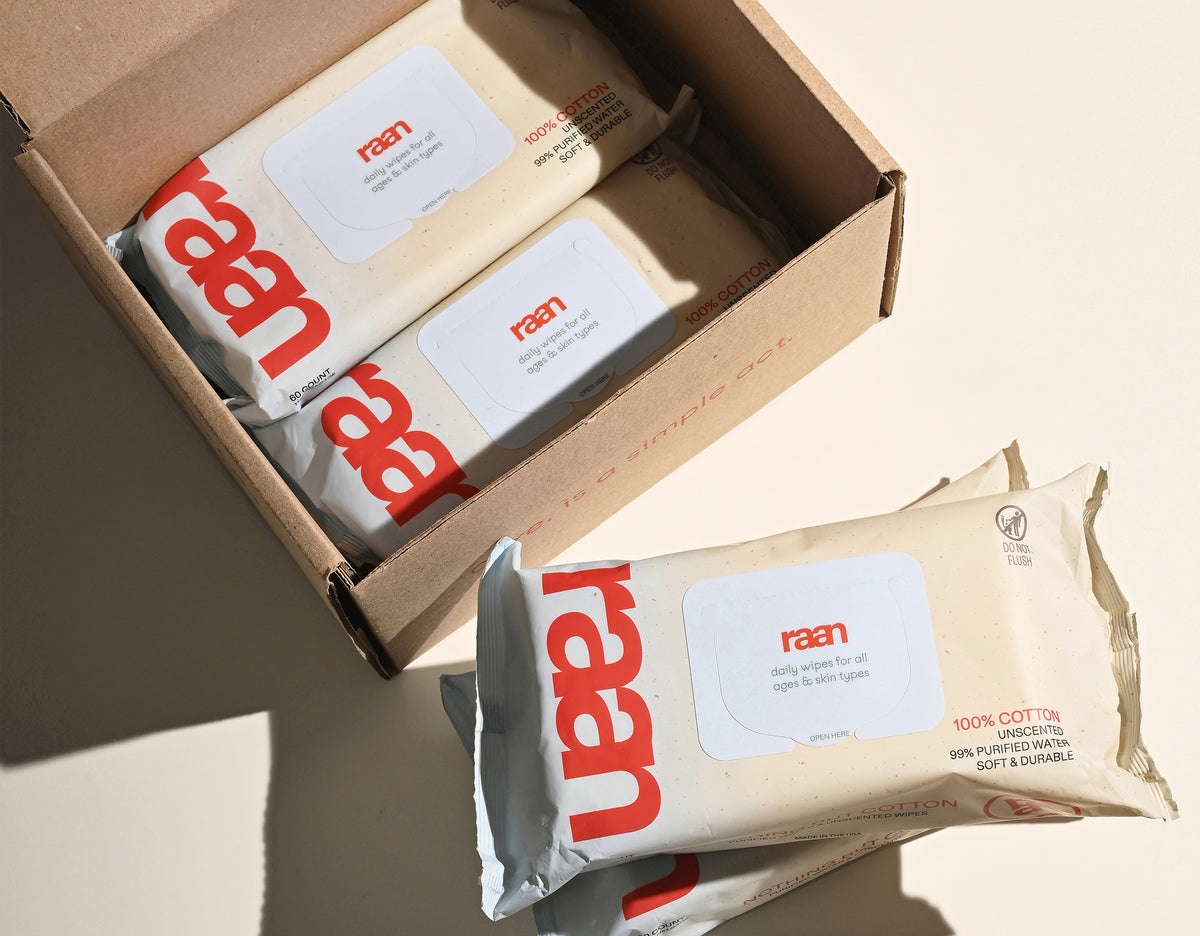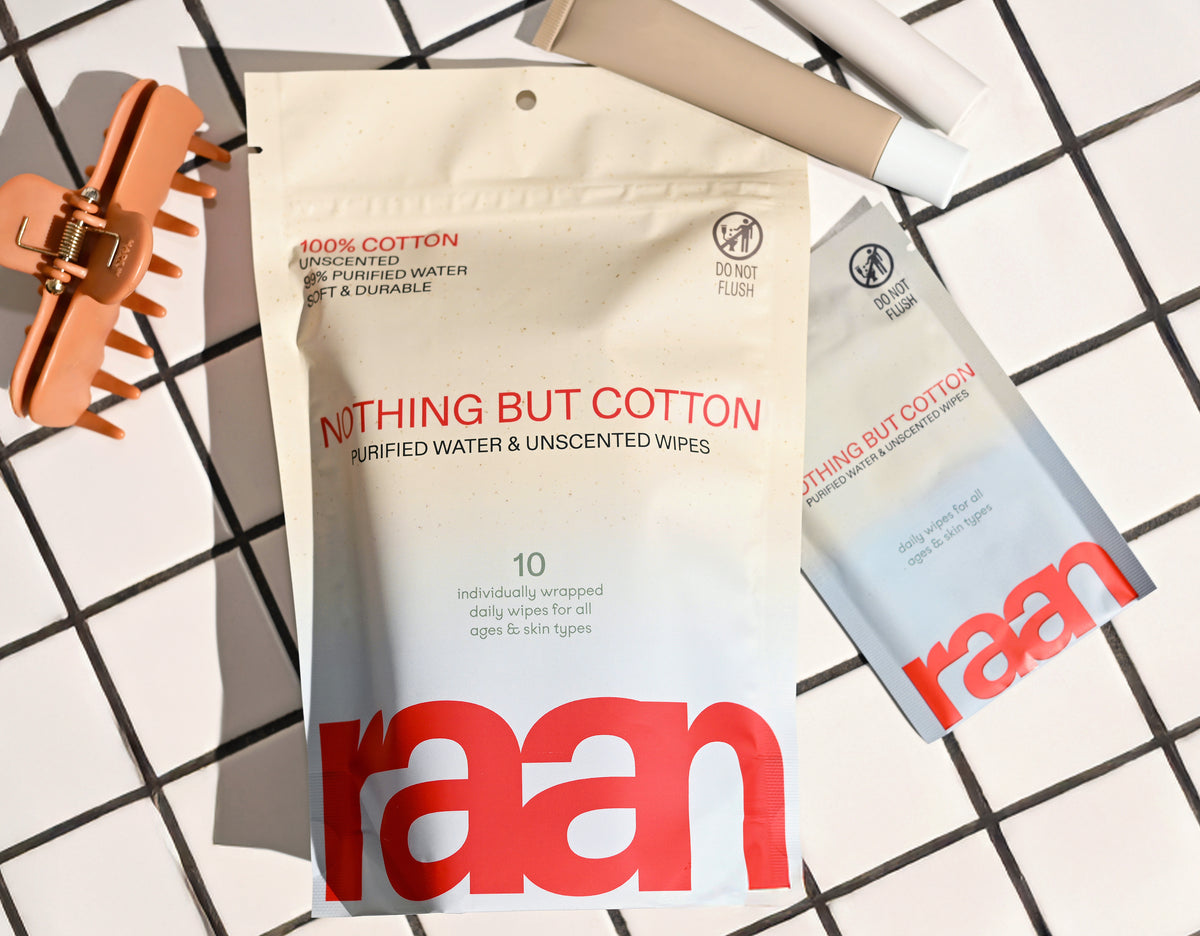Key Takeaways
- Baby wipes are disposable, soft cloths made for cleaning babies' delicate skin during diaper changes.
- Their usefulness extends beyond just diaper changes and the nursery.
- The best baby wipes are gentle enough for newborn faces.
- Durability is important for handling everyday messes with baby wipes.
Table of Contents
- What Are Baby Wipes? The Real Basics, And Why They Matter Most
- Inside Every Pack, How Baby Wipe Ingredients Differ (And Why It Matters)
- Choosing the Right Wipes for Baby, Truthful Steps, Not Hype
- Types of Baby Wipes and What Sets Them Apart
- Beyond the Diaper, Everyday Uses for Baby Wipes
- Environmental Impact, The True Cost (and Benefit) of Your Wipe Choice
- Comparing Baby Wipes, What Matters to Real Parents
- Safe Use, Storage, and Troubleshooting, Pro Tips for Everyday Wipe Wins
- The Bottom Line, What Really Matters for Your Family
What Are Baby Wipes? The Real Basics, And Why They Matter Most
Baby wipes are disposable, soft cloths designed for cleaning babies' delicate skin during diaper changes, but their usefulness extends far beyond the nursery. The best wipes baby care deserves are gentle enough for newborn faces yet durable enough for everyday messes.
Not all wipes are created equal. Traditional wet wipes often contain plastic fibers, synthetic fragrances, and bleached materials. Minimalist alternatives like unbleached, 100% cotton wipes offer a cleaner approach, literally and figuratively, with transparent ingredients you can actually pronounce.
Quick Answer: Are wipes safe for newborn skin?
Yes, when made with EWG Verified ingredients and unbleached cotton. Look for food-grade preservatives and skip anything with fragrances or plastic fibers.
Everyday uses for quality baby wipes:
- Diaper changes and sensitive area cleaning
- Face and hand cleaning after meals
- Travel and on-the-go freshening
- Adult skincare and makeup touch-ups
- Quick cleanup for unexpected spills
Inside Every Pack, How Baby Wipe Ingredients Differ (And Why It Matters)

Most baby wipes contain a soft material base, water or lotion solution, preservatives, and skin conditioners. The difference lies in which materials and how they're processed.
Raan wipes use six simple, EWG Verified ingredients: purified water (99%), organic aloe for moisturizing, food-grade sodium benzoate and potassium sorbate as preservatives, ethylhexylglycerin for skin conditioning, and citric acid for pH balance. Each serves a clear purpose without unnecessary additives.
For more details on what makes a wipe truly safe and effective, see this best baby wipes for sensitive skin guide.
| What's In (Raan) | What's Out (Conventional) | Why It Matters |
|---|---|---|
| Unbleached 100% cotton | Plastic fibers, bleached materials | Gentler on skin, biodegradable |
| Food-grade preservatives | Harsh synthetic preservatives | Safe enough to ingest accidentally |
| Organic aloe | Synthetic fragrances, dyes | Natural moisturizing without irritation |
| EWG Verified formula | Mystery ingredient blends | Third-party safety verification |
Choosing the Right Wipes for Baby, Truthful Steps, Not Hype
Finding the best wipes baby deserves means cutting through marketing claims to focus on what actually matters: ingredient transparency, material safety, and your family's specific needs.
Your practical vetting checklist:
- Read the ingredient list first, if you can't pronounce it or it's listed as "fragrance," dig deeper
- Check the material, look for "100% cotton" or "bamboo fiber," avoid "non-woven fabric" without specifics
- Verify certifications, EWG Verified, Natural Cotton Seal, or similar third-party validation
- Test sensitivity, start with a small pack before buying bulk
Real Parent Win
Frankie, overwhelmed by ten different "gentle" wipe options, used this checklist and immediately eliminated seven products with vague "fragrance" listings. She chose Raan's transparent six-ingredient formula and never looked back.
Beware labeling traps: "hypoallergenic" has no legal definition, and "biodegradable" can mean anything from 6 months to 500 years. Stick to specific, verifiable claims like "unbleached cotton" and "food-grade preservatives."
Types of Baby Wipes and What Sets Them Apart
Understanding wipes baby options means knowing the core material differences that affect both skin safety and environmental impact. Each type serves different priorities and sensitivities.
| Wipe Type | Key Material | Best For | Quick Facts |
|---|---|---|---|
| Unbleached Cotton | 100% cotton fibers | Sensitive skin, newborns | Biodegradable, no microplastics |
| Bamboo Viscose | Processed bamboo fiber | Eco-conscious families | Renewable source, soft texture |
| Conventional Synthetic | Plastic fiber blends | Budget-focused cleaning | Durable, widely available |
| Fragrance-Free Sensitive | Various materials | Allergy-prone skin | No added scents or dyes |
Unbleached cotton wipes like Raan's offer the gentlest option, no chemical processing means fewer potential irritants. Eco-Everything Elise appreciates knowing exactly what touches her family's skin, while Sensitive Skin Sara relies on the hypoallergenic properties of pure cotton fibers.
Bamboo options provide sustainability benefits but often require chemical processing to achieve softness. Conventional synthetic blends may feel durable but leave microplastics on skin and in landfills.
For a deeper dive into how different brands compare, check out this baby wipes Huggies review.
Beyond the Diaper, Everyday Uses for Baby Wipes

Quality wipes baby and family members use daily extend far beyond diaper changes. The versatility of gentle, effective wipes makes them essential for modern households managing constant messes and on-the-go moments.
Raan wipes are EWG Verified, safe for even the most delicate uses
From newborn faces to adult skincare, our food-grade ingredients mean no worries about accidental ingestion or sensitive skin reactions.
Creative applications that work:
- Mealtime cleanup, fold corners for detailed cleaning around mouth and fingers
- Travel freshening, airplane tray tables, hotel surfaces, car seat cleaning
- Adult skincare, post-workout face refresh, makeup corrections, hand sanitizing
- Pet care, gentle paw cleaning after walks, quick fur spot-cleaning
- Electronics cleaning, safe for phone screens and keyboards when slightly dampened
Busy-but-Intentional Bri keeps a pack in her car, gym bag, and office drawer. "One wipe handles my post-meeting coffee spill and my toddler's snack explosion," she notes. The unbleached cotton holds up to multiple uses without falling apart, making each wipe work harder.
For more on everyday uses and tips, see this baby wipes article.
Environmental Impact, The True Cost (and Benefit) of Your Wipe Choice
Every wipe choice carries environmental consequences. Plastic-fiber wipes shed microplastics that persist in waterways, while bleached materials require harsh chemical processing that affects both manufacturing workers and ecosystems.
Raan's measurable eco-advantages include 70% less plastic packaging than standard wipes, 35% post-consumer waste content in pouches, and 100% cotton wipes that biodegrade completely. Our unbleached cotton skips chlorine processing entirely.
Minimizing your wipe footprint:
- Choose unbleached, natural fiber options when possible
- Use one quality wipe instead of multiple thin ones
- Dispose in trash, never flush any wipe, regardless of claims
"Biodegradable" varies wildly, from 30 days for pure cotton to 500+ years for synthetic blends. "Compostable" requires specific industrial conditions most home composters can't achieve.
For more on the environmental and regulatory perspective, see the FDA's guidance on baby wipes.
Comparing Baby Wipes, What Matters to Real Parents
Real comparison means examining what affects daily use: ingredient transparency, skin safety, durability, and honest environmental impact. Here's how major wipes baby categories measure against practical parent priorities.
| Wipe Type | Ingredient Transparency | Skin Safety | Environmental Impact | Certifications |
|---|---|---|---|---|
| EWG Verified Cotton (Raan) | Full disclosure, 6 ingredients | Food-grade preservatives | Biodegradable, 70% less plastic | EWG Verified, Natural Cotton |
| Bamboo-Based Eco | Varies by brand | Generally gentle | Renewable source material | Limited third-party verification |
| Conventional Synthetic | Often incomplete labeling | May contain harsh preservatives | Microplastic shedding | Basic safety testing |
| Fragrance-Free Sensitive | No scent additives listed | Reduced irritation potential | Depends on base material | Hypoallergenic claims vary |
Raan's transparent approach means parents know exactly what touches their family's skin. One Raan wipe replaces two thinner conventional wipes for most diaper changes, making cost-per-use competitive despite premium materials.
The EWG Verified certification requires rigorous ingredient screening, something missing from many "sensitive" or "natural" alternatives. This third-party validation removes guesswork for time-strapped parents who need reliable safety assurance.
For a scientific perspective on baby wipe safety, see this recent PubMed study.
Safe Use, Storage, and Troubleshooting, Pro Tips for Everyday Wipe Wins

Proper wipe technique and storage maximize both safety and product lifespan. These practical steps prevent common issues before they start.
Safe application guidelines:
- Wipe front to back during diaper changes
- Use gentle patting motions on facial skin
- Allow skin to air dry briefly before applying new products
- Use within 3 months of opening for optimal freshness
Storage Checklist
Keep packs sealed between uses, store away from direct heat, and maintain room temperature for best texture and moisture retention.
Common troubleshooting solutions:
- Redness or rash appears: Switch to unbleached cotton wipes immediately. Synthetic preservatives or fragrances often cause delayed reactions that clear within 24-48 hours of elimination.
- Wipes dry out: Add one teaspoon of purified water to the pack center, reseal, and wait 30 minutes for moisture redistribution. Only use this method with preservative-containing wipes.
- Allergic reactions: Discontinue use and identify specific trigger ingredients by comparing labels. Food-grade preservatives like those in Raan wipes cause fewer reactions than synthetic alternatives.
The Bottom Line, What Really Matters for Your Family
The best wipes baby and family members deserve combine transparent ingredients, proven safety, and genuine environmental responsibility. After examining materials, certifications, and real-world performance, unbleached cotton wipes with EWG Verified ingredients offer the most comprehensive benefits.
Raan wipes deliver this combination without compromise, six simple ingredients, food-grade safety, and packaging that reduces plastic waste by 70%. The 2025 National Parenting Product Awards recognition confirms what careful parents already know: simplicity works better than complexity.
For families prioritizing ingredient transparency and skin safety, the choice becomes clear. Quality materials and honest labeling create peace of mind that extends far beyond diaper changes into every messy, beautiful moment of daily life.
Frequently Asked Questions
What ingredients should I look for in baby wipes to ensure they are safe for newborn skin?
Look for wipes made with simple, transparent ingredients like purified water, food-grade preservatives, organic aloe for moisture, and pH balancers. Avoid synthetic fragrances, plastic fibers, and harsh chemicals to ensure gentle care for newborn skin.
How do natural or unbleached cotton baby wipes compare to traditional wipes in terms of safety and environmental impact?
Unbleached, 100% cotton wipes avoid plastic fibers and bleaching chemicals found in many traditional wipes, making them safer for sensitive skin and reducing microplastic pollution. Their simpler materials and less processed nature also mean a smaller environmental footprint.
Can baby wipes be used for purposes beyond diaper changes, and if so, what are some common everyday uses?
Yes, quality baby wipes are versatile. They’re great for cleaning little faces and hands after meals, freshening up on the go, quick spills, and even gentle adult skincare touch-ups, making them a practical tool beyond the nursery.
What does it mean for a baby wipe ingredient to be EWG Verified, and why is this important for choosing safe products?
EWG Verified means each ingredient meets strict health and safety standards set by the Environmental Working Group, ensuring no harmful chemicals or irritants. This verification offers clear, trustworthy assurance that wipes are genuinely safe for sensitive skin.






